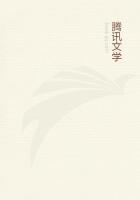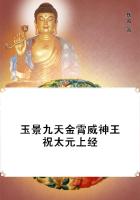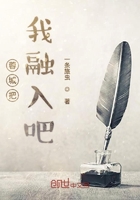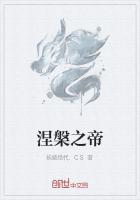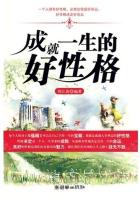From this time forth, however, one hears less of the engraver and more of the artist. The establishment of the "Penny Magazine" in 1832, and the multifarious publications of Charles Knight, gave an extraordinary impetus to wood-engraving. Ten years later came "Punch," and the "Illustrated London News," which further increased its popularity. Artists of eminence began to draw on or for the block, as they had drawn, and were still drawing, for the "Annuals."In 1842-6 was issued the great "Abbotsford" edition of the "Waverley Novels," which, besides 120 plates, contained nearly 2000 wood-engravings; and with the "Book of British Ballads," 1843, edited by Mr. S. C. Hall, arose that long series of illustrated Christmas books, which gradually supplanted the "Annuals," and made familiar the names of Gilbert, Birket Foster, Harrison Weir, John Absolon, and a crowd of others. The poems of Longfellow, Montgomery, Burns, "Barry Cornwall," Poe, Miss Ingelow, were all successively "illustrated." Besides these, there were numerous selections, such as Willmott's "Poets of the Nineteenth Century," Wills's "Poets' Wit and Humour," and so forth. But the field here grows too wide to be dealt with in detail, and it is impossible to do more than mention a few of the books most prominent for merit or originality. Amongst these there is the "Shakespeare" of Sir John Gilbert. Regarded as an interpretative edition of the great dramatist, this is little more than a brilliant tour de force; but it is nevertheless infinitely superior to the earlier efforts of Kenny Meadows in 1843, and also to the fancy designs of Harvey in Knight's "Pictorial Shakespeare." The "Illustrated Tennyson" of 1858 is also a remarkable production. The Laureate, almost more than any other, requires a variety of illustrators; and here, for his idylls, he had Mulready and Millais, and for his romances Rossetti and Holman Hunt.
His "Princess" was afterwards illustrated by Maclise, and his "Enoch Arden" by Arthur Hughes; but neither of these can be said to be wholly adequate. The "Lalla Rookh" of John Tenniel, 1860, albeit somewhat stiff and cold, after this artist's fashion, is a superb collection of carefully studied oriental designs. With these may be classed the illustrations to Aytoun's "Lays of the Scottish Cavaliers," by Sir Noel Paton, which have the same finished qualities of composition and the same academic hardness. Several good editions of the "Pilgrim's Progress" have appeared,--notably those of C. H. Bennett, J. D. Watson, and G. H. Thomas. Other books are Millais's "Parables of our Lord," Leighton's "Romola," Walker's "Philip" and "Denis Duval," the "Don Quixote," "Dante," "La Fontaine" and other works of Dore, Dalziel's "Arabian Nights,"Leighton's "Lyra Germanica" and "Moral Emblems," and the "Spiritual Conceits" of W. Harry Rogers. These are some only of the number, which does not include books like Mrs. Hugh Blackburn's "British Birds," Wolf's "Wild Animals," Wise's "New Forest," Linton's "Lake Country," Wood's "Natural History," and many more. Nor does it take in the various illustrated periodicals which have multiplied so freely since, in 1859, "Once a Week" first began to attract and train such younger draughtsmen as Sandys, Lawless, Pinwell, Houghton, Morten, and Paul Grey, some of whose best work in this way has been revived in the edition of Thornbury's "Ballads and Songs,"recently published by Chatto and Windus. Ten years later came the "Graphic," offering still wider opportunities to wood-cut art, and bringing with it a fresh school of artists. Herkomer, Fildes, Small, Green, Barnard, Barnes, Crane, Caldecott, Hopkins, and others,--quos nunc perscribere longum est--have contributed good work to this popular rival of the older, but still vigorous, "Illustrated." And now again, another promising serial, the "Magazine of Art," affords a supplementary field to modern refinements and younger energies.
Not a few of the artists named in the preceding paragraph have also earned distinction in separate branches of the pictorial art, and specially in that of humorous design,--a department which has always been so richly recruited in this country that it deserves more than a passing mention. From the days of Hogarth onwards there has been an almost unbroken series of humorous draughtsmen, who, both on wood and metal, play a distinguished part in our illustrated literature.
Rowlandson, one of the earliest, was a caricaturist of inexhaustible facility, and an artist who scarcely did justice to his own powers.



